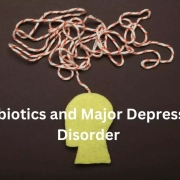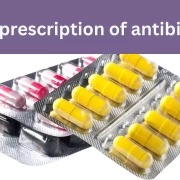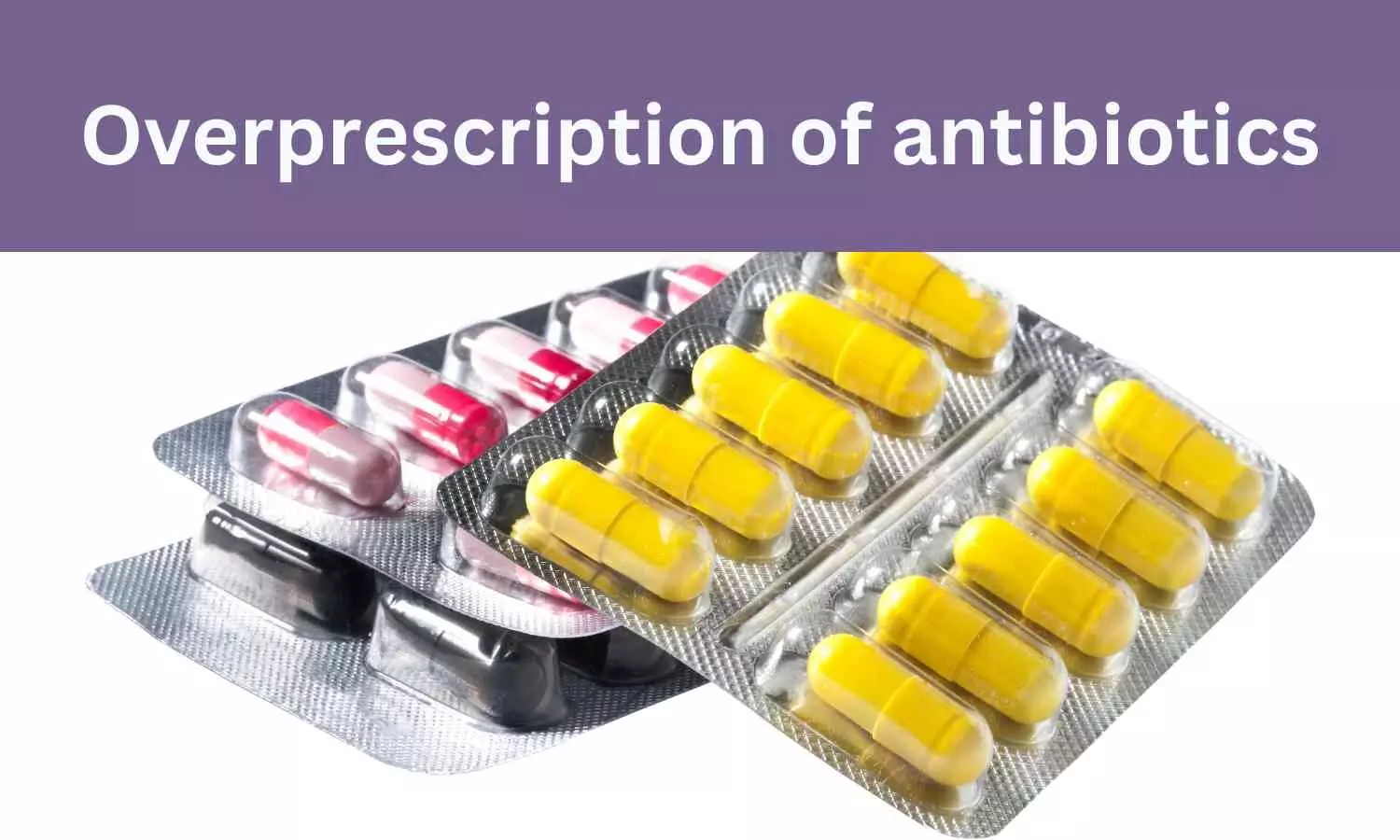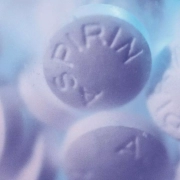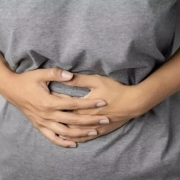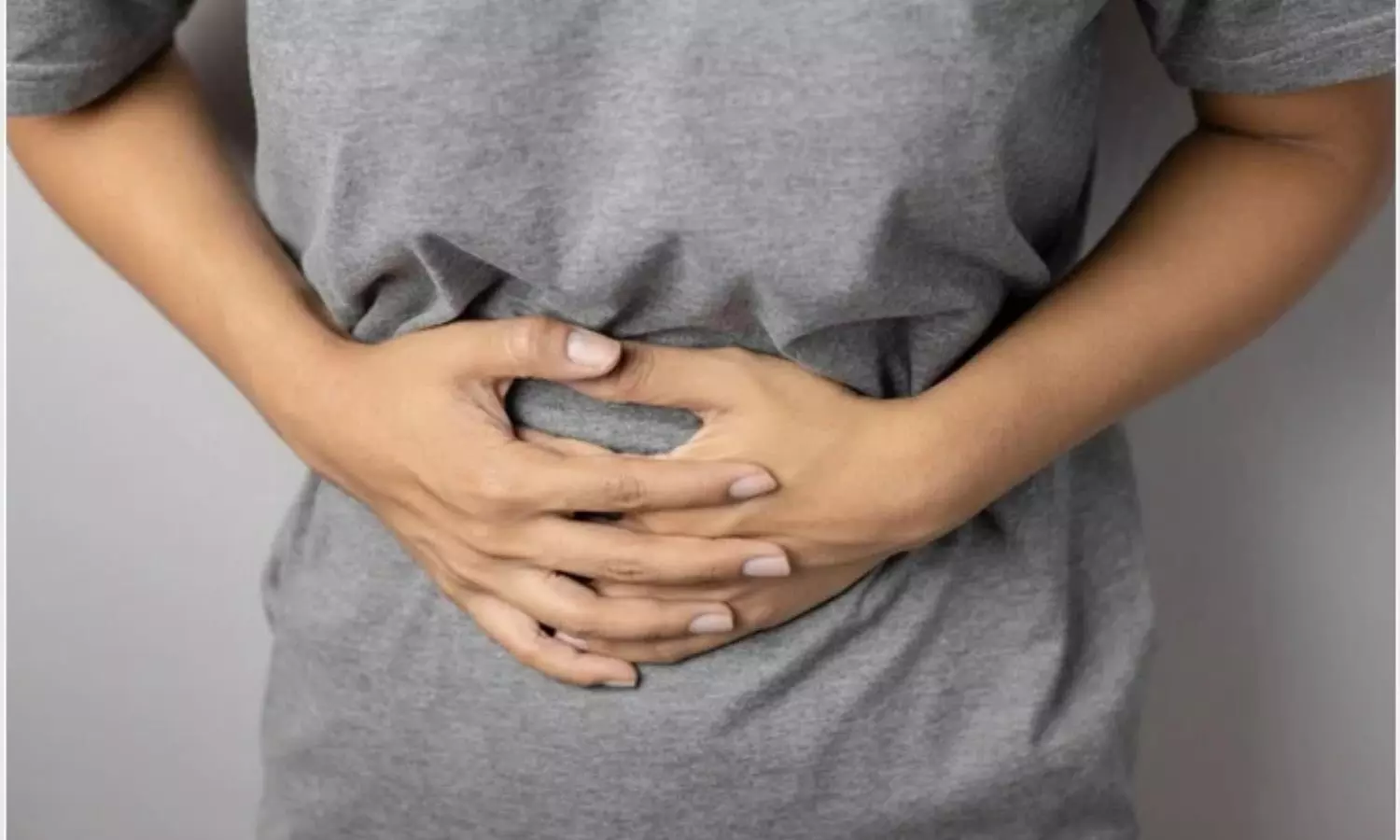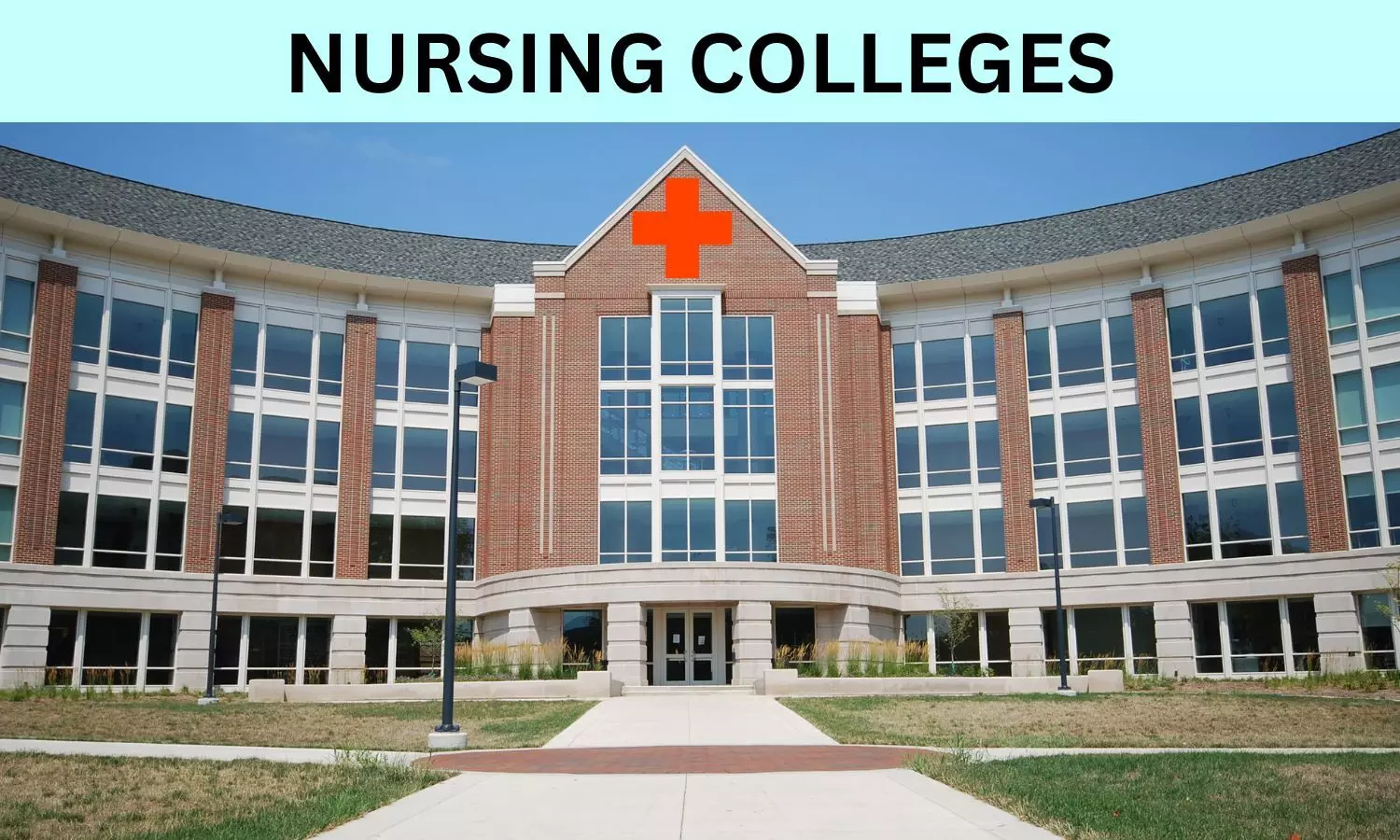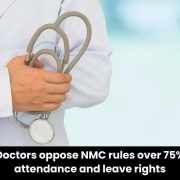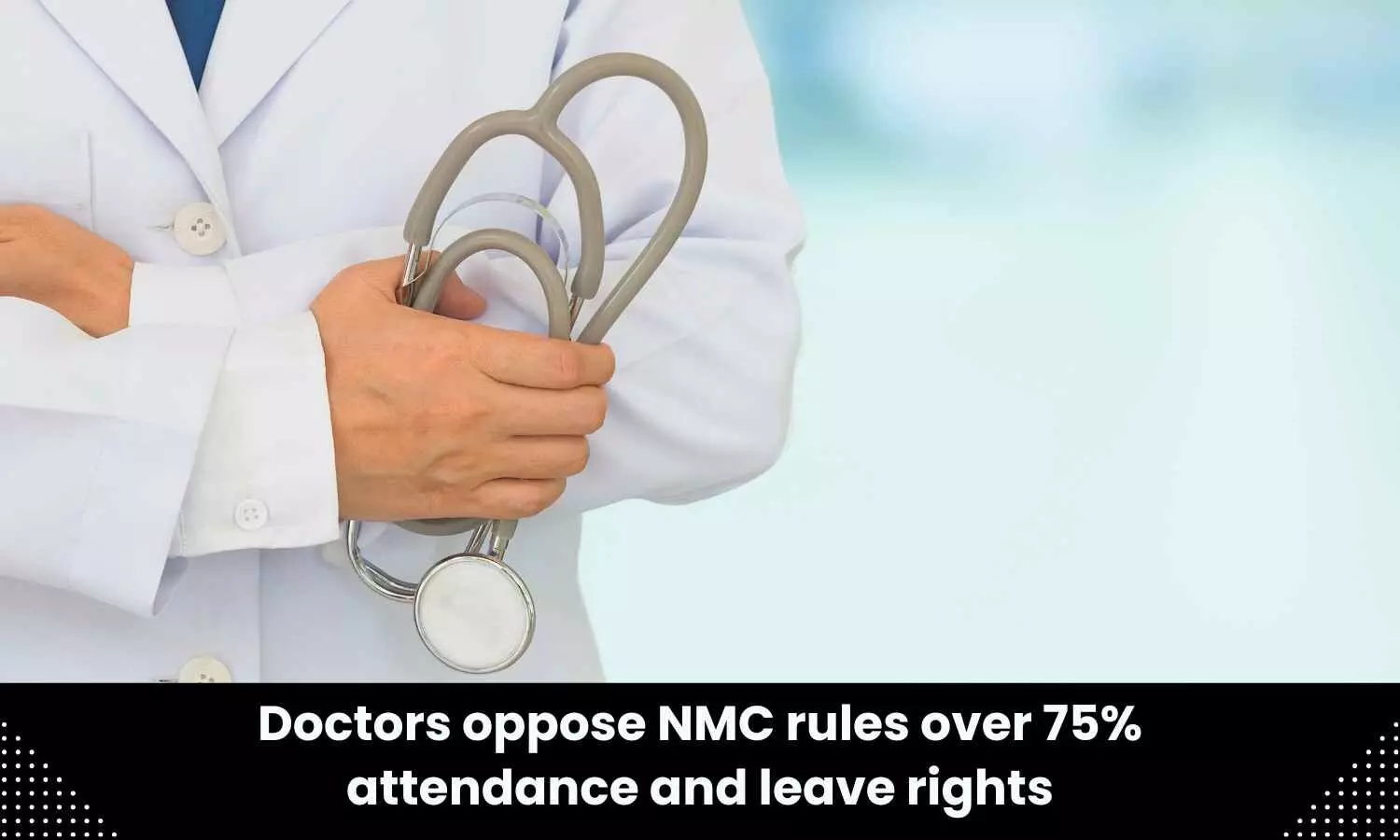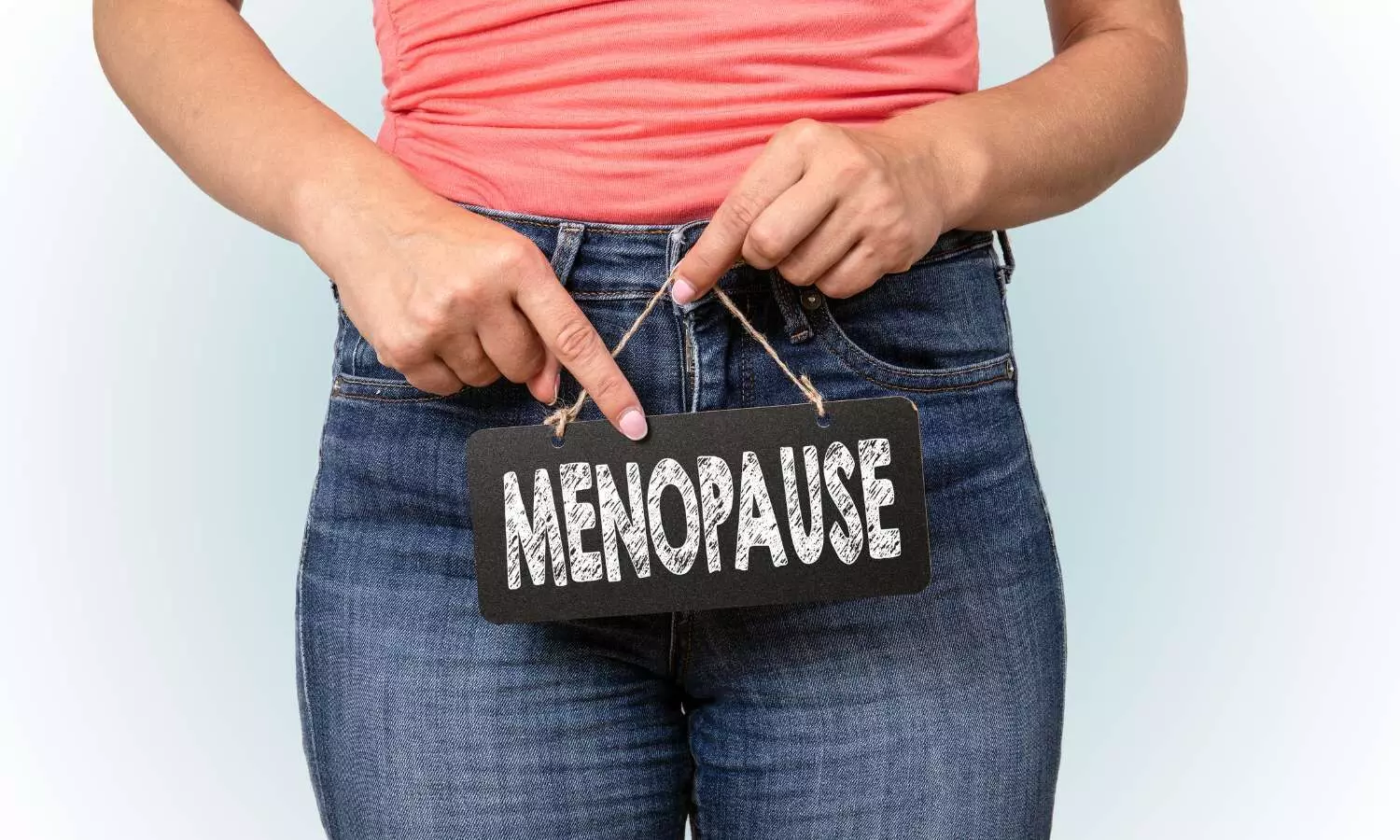Cariprazine Shows High Tolerability and Completion Rates in Major Depressive Disorder Patients
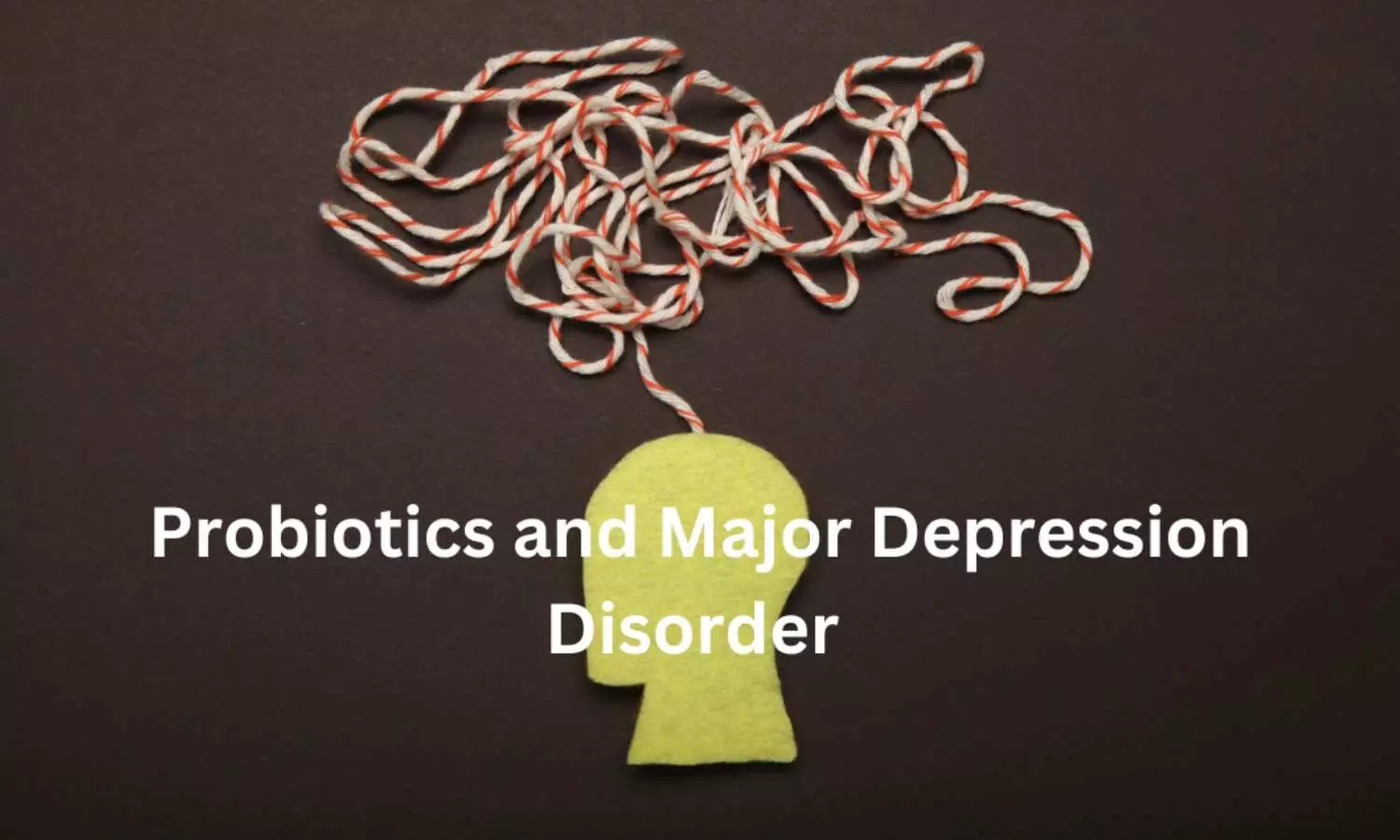
Cariprazine, approved by the FDA as an adjunctive treatment for MDD, has demonstrated positive outcomes in various trials. The analysis focused on its safety profile, leveraging data from five randomized, double-blind, placebo-controlled trials involving patients with inadequate responses to monotherapy antidepressant treatment.
A recent pooled analysis of phase 3 trials has shed light on the safety and tolerability of cariprazine, an adjunctive treatment for major depressive disorder (MDD). This study was published in the International Clinical Psychopharmacology journal. Led by Michael E. Thase, MD, from the Perelman School of Medicine at the University of Pennsylvania, the study aimed to assess the outcomes of patients with MDD receiving cariprazine in conjunction with antidepressant therapy.
A total of 16,825 patients were included in the analysis. 62% of patients were at intermediate or high risk of frailty. In-hospital mortality and any complication rates were primary outcomes. Length of hospital stay and total charges were secondary outcomes. Frailty was assessed using the Hospital Frailty Risk Score, stratified into low, intermediate, and high risk.
-
Patients with high or intermediate frailty had higher in-hospital mortality rates (6.37 and 5.15 times, respectively) compared to those with low frailty.
-
Patients undergoing leadless pacemaker implantation had a 90% completion rate.
-
Only 4.3% discontinued treatment due to mild or moderate treatment-emergent adverse events.
-
PANDO patients showed significant associations with ocular surface, eyelid, upper airway, and systemic inflammatory-related diseases.
-
The Butantan–Dengue Vaccine demonstrated an overall 2-year vaccine efficacy of 79.6% against symptomatic, virologically confirmed dengue.
The pooled analysis underscores the high tolerability and completion rates in MDD patients treated with cariprazine. Despite mild to moderate adverse events, the study supports the safety of cariprazine as an adjunctive therapy for MDD.
Reference:
Thase ME, Yeung PP, Rekeda L, Liu M, Varughese S. Safety and tolerability of cariprazine for the adjunctive treatment of major depressive disorder: a pooled analysis of phase 2b/phase 3 clinical trials. Int Clin Psychopharmacol. Published online January 25, 2024. doi:10.1097/YIC.0000000000000528
Powered by WPeMatico

